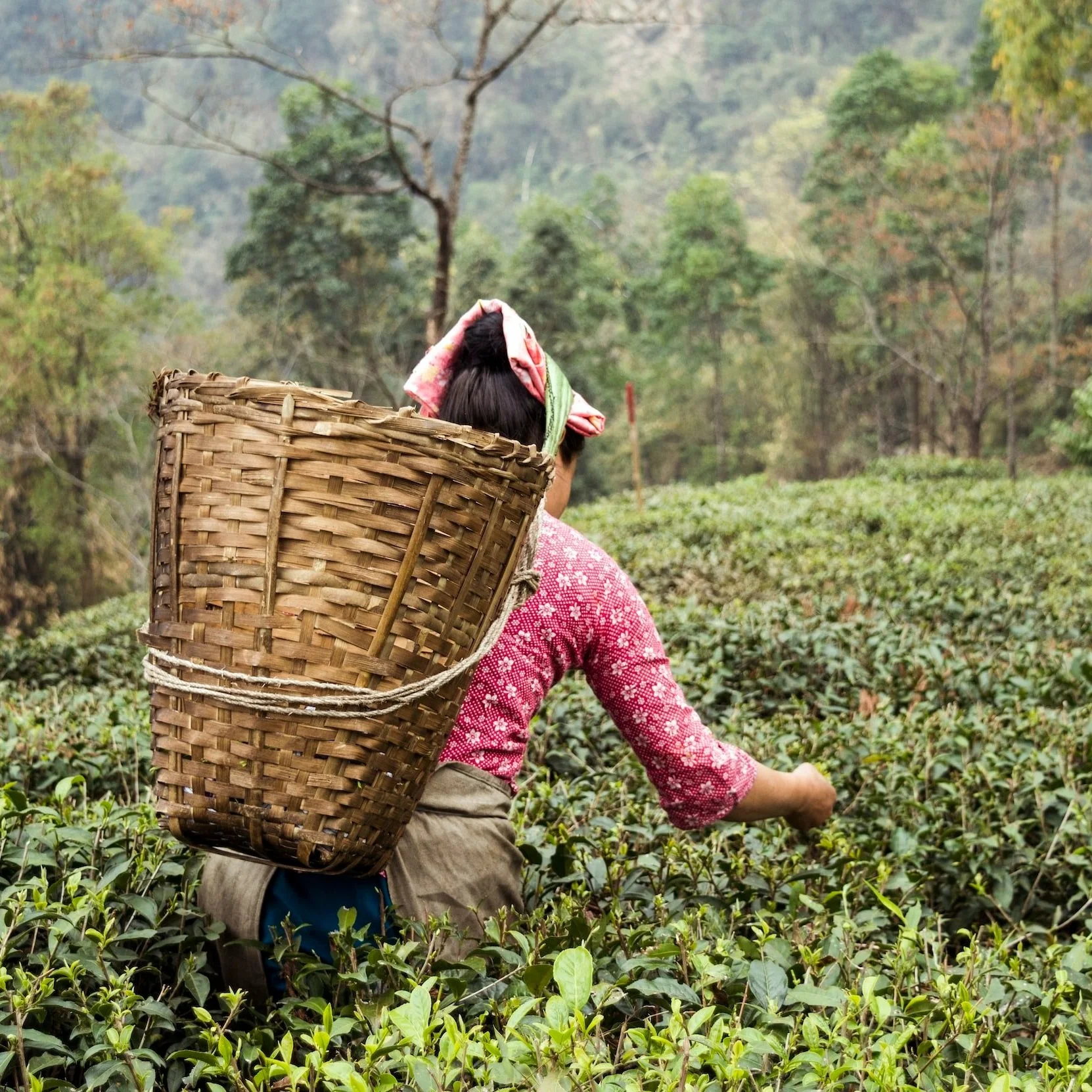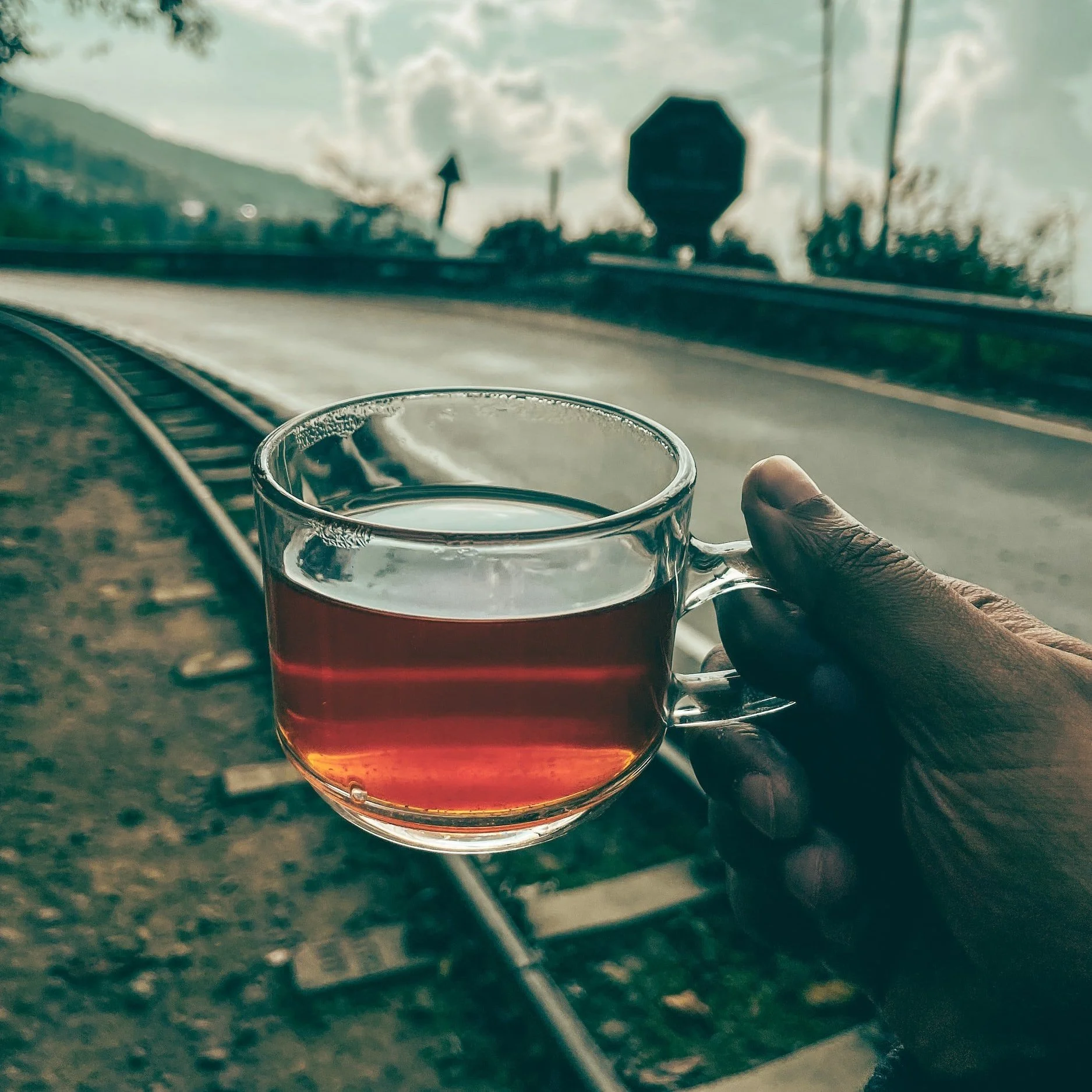Exploring the World of Darjeeling Tea: The Champagne of Teas
Darjeeling tea, also known as the "Champagne of Teas," is a world-renowned tea variety cherished for its unique flavor and aroma. Grown in the picturesque Darjeeling region of India, nestled in the Himalayas, this exquisite tea is highly sought after by tea connoisseurs and enthusiasts alike. In this article, we will delve into the rich history and production of Darjeeling tea, exploring its distinct characteristics, processing methods, and health benefits. Whether you're a tea lover or simply curious about this celebrated beverage, join us on a journey to discover the allure of Darjeeling tea and why it holds a special place in the hearts of tea lovers around the globe.
Savoring the Essence of Darjeeling: Unraveling the Secrets of on of the World's Finest Tea
Indulge in the world of Darjeeling tea, often referred to as the "Champagne of Teas," as we unlock its secrets and explore the rich history, unique flavor, and exquisite aroma of this renowned tea variety in our latest article.
What is Darjeeling?
Darjeeling is a town located in the Indian state of West Bengal, nestled in the foothills of the Himalayas. It is known for its picturesque beauty, pleasant climate, and lush tea gardens. Darjeeling tea, one of the most famous tea varieties in the world, is grown in the surrounding hills of Darjeeling, making the region renowned for its tea production. Darjeeling tea is single origin tea that’s highly prized for its delicate flavor, unique aroma, and distinctive muscatel notes. It is often referred to as the "Champagne of Teas" due to its premium quality and exquisite taste. Darjeeling, with its scenic beauty and its exceptional tea, has become a popular destination for tea tourism, attracting tea enthusiasts and travelers from all over the world.
Harvesting and Processing
Darjeeling tea is harvested and processed using the Orthodox method. This method has been around since the early 1800s and involves the following processing steps:
Hand plucking: Carefully hand selecting and hand plucking two leaves and a bud from each shoot. The workers, usually women, carry a handmade basket called a ‘doko’ strapped to their backs to store the tea leaves.
Withering: The leaves are sent to the withering stage (drying stage) where most of the moisture is removed.
Rolling: After withering is the rolling stage where each leaf is rolled and twisted.
Fermentation: After the rolling stage comes the fermentation stage for oolong or black teas. Green teas will skip this step and will be steamed to halt any oxidzation.
Drying: The last stage is the drying stage where the tea is fully dried and ready for sorting by leaf size and then packing and finally off to auction for sale.
What Type of Tea is Darjeeling?
Darjeeling tea is produced from the Chinese variety of the tea plant, the Camellia sinesis var. sinesis. Although the particular type of tea plant is from China, it’s grown in India. Darjeeling is often classed as a light black tea, however, it can be green, oolong or black depending on the level of oxidization. The more the tea is oxidized, the darker it will be. Black teas are fully oxidized, oolongs are partially oxidized, white teas and green teas are not oxidized. On top of the types of tea, there are three main flushes:
First flush: This is the first harvest after the winter months. Harvested in early spring time during march to may depending on the weather. The first flush is usually lighter, more delicate and floral with a pleasant astringency similar to that of green tea. The first flush is often the finest and will be more expensive. First flush Darjeeling is a highly sort after type of tea.
Second flush: This is the second harvest after the spring harvest in june to august, again depending on the weather. The hotter air temperature will result in darker, bolder and ‘muscatel’ notes of the leaves. This type of tea is often described as having a rich fruity taste rather than lighter and delicate like the first flush.
Third flush: This is the third harvest before the winter months and takes place september to november. This type of Darjeeling is the boldest and deepest in colour and generally lower in quality than the first and second flushes. It is usually sold at auction for using in tea blends or for locally produced masala chai blends.
Minor flushes: In between the first and second, and the second and third flushes are mid-harvests. These teas are also mainly used for blending in lesser quality teas. The flush between the second and third is known as the monsoon flush or rains tea.
Why is it Called the Champagne of Tea?
Champagne is a sparkling wine that is made only from the grapes grown in a particular region in France, in Champagne. Darjeeling is a type of tea made only from the tea leaves grown in a particular region in India, in Darjeeling. Also like Champagne, Darjeeling is grown to high standards to create the highest quality of tea. Champagne has different flavour complexities due to seasonal variants, just like Darjeeling. Plus Darjeeling is one of the world’s most expensive teas. The Makaibari tea estate in particular has become one of the most expensive tea estates and even made the news in 2014 as prices made a record high at USD 1,850 per kg! For comparison, many other types of tea sell at auction for under USD 10 per kg. It’s all of these similarities that give this special type of tea the name ‘Champagne of teas’.
The Health Benefits
All types of tea contains wonderful health boosting antioxidants. The antioxidants in tea can help fight free radicals in the body which can help keep us younger and healthier. Tea contains a powerful antioxidant known as EGCG (epigallocatechin gallate). Tea also contains something known as l-theanine. L-theanine can help make us calm and also keep us focused at the same time.
Read more: Tea for Stress and Anxiety
Brewing Perfection: Mastering the Art of Darjeeling Tea
From steeping the delicate leaves to savoring its distinct muscatel notes, discover the art of making and tasting Darjeeling tea, the world-renowned 'Champagne of Teas,' in our step-by-step guide.
The Taste of Darjeeling
As discussed above, Darjeeling can have different flavour profiles depending on many variants including environmental factors, the flushes and whether it has been processed as a green, black or oolong tea. Some Darjeelings will be light, delicate and floral and others will be much richer and bolder. Every season will produce a different tasting tea and that’s one of the reasons that Darjeeling is so popular.
How Much Caffeine is in Darjeeling?
The level of caffeine present in tea will mostly depend on the level of oxidisation. Black teas are generally higher in caffeine at around 40mg of per cup. Green teas will contain around 25mg of caffeine per cup. Oolongs will fall somewhere between the two.
How to Brew a Lovely Cuppa
Take 1 heaped teaspoon of loose leaf to one cup (8fl oz) of freshly boiled water and allow to steep for 3-5 minutes before straining out the leaves and enjoying your tea. Here is a guide to the temperatures for the different types of Darjeeling:
Black tea: Black tea is fully oxidised so the ideal brewing temperature is 100*C/212*F.
Oolong tea: Oolong falls between a black and a green tea and the ideal temperature is around 90*C/195*F. If you haven’t a temperature controlled kettle, allow the water to settle for 2 minutes to cool slightly.
Green tea: If your Darjeeling is light and green in colour, the ideal brewing temperature will be lower at around 80*C/175*F. Allow the kettle to settle for 2-3 minutes to cool slightly before pouring over your loose leaf.
Alternatively: Follow the package instructions for a great cup of tea!
Tip: Take a look at the leaf to see how dark it is, the lighter the tea, the lower the brewing temperature. Start by steeping your tea for 3 minutes and see how it tastes. Steep for no longer than 5 minutes. For a stronger tasting tea add more tea leaves and not more time. Greater steeping time may result in a bitter and unpleasant tasting tea.
Is it ok to add Milk to Darjeeling?
The overall conscientious to this question is a big no as the milk will spoil the delicate nature of the tea. Darjeeling is such a special type of tea and when brewed in the correct way, it really doesn’t need milk or sugar to balance out the flavour. If you are a black tea person and favour blends such as English breakfast with a splash of milk, go for a darker, bolder second or third flush Darjeeling.
How to Store Darjeeling
As with any type of tea, it’s always best to store in a cool dry place. Clear plastic and glass jars, whilst look pretty, are not ideal as the light through the jar will degrade the tea. Other things to avoid are sunlight and heat, these will also negatively affect your tea. It’s important to keep your tea away from moisture and odors, tea absorbs smells and dampness very quickly. The best place to store tea is in an airtight food safe container, in a dark place away from any smells and humidity. It’s also not advisable to store your tea in the fridge. So overall remember: keep your tea airtight, cool, dry, dark and away from anything smelly!
Darjeeling: One of the World’s Finest Teas
Darjeeling tea is a product of the pristine hills of Darjeeling, India, known for its unique flavor and captivating aroma. Its origins can be traced back to the British colonial era, and it has since become a prized tea variety worldwide. With its distinct muscatel notes and delicate taste, Darjeeling tea is a true connoisseur's delight. The cultivation and processing of Darjeeling tea involve meticulous care and expertise, with the tea leaves carefully plucked from the high-altitude gardens, withered, rolled, oxidized, and dried to perfection. The resulting brew, when prepared with precision, offers a sensory experience like no other. From the misty mountains of Darjeeling to teacups around the globe, Darjeeling tea continues to enchant tea lovers with its unparalleled taste and aroma, earning its well-deserved reputation as one of the world's finest teas. Whether you're a seasoned tea enthusiast or a curious tea newbie, embarking on the journey to explore the origins, growing, and making of Darjeeling tea is sure to deepen your appreciation for this exceptional beverage.
For tea recipe ideas, you may be interested in reading these articles:
It is important to note that any health advice provided in this article is for informational purposes only and should not be taken as medical advice. Always consult with a qualified healthcare professional before making any changes to your diet, exercise routine, or overall health. The information provided is not a substitute for professional medical advice.





